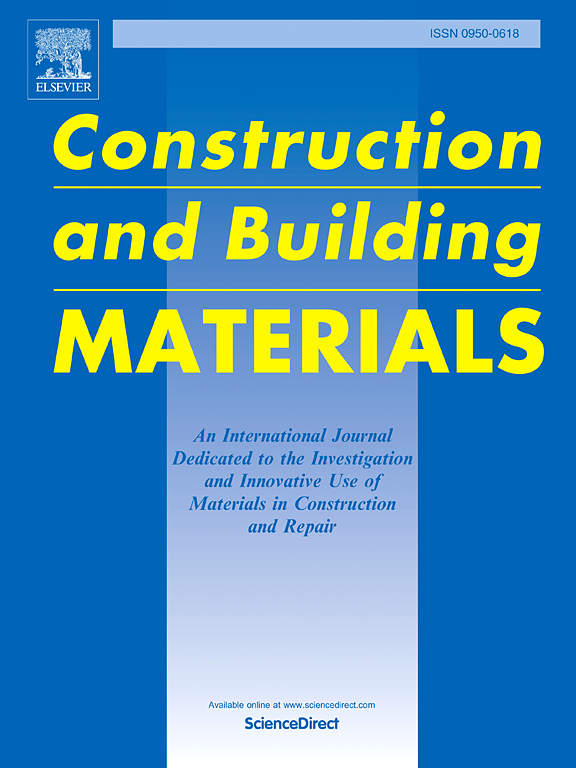Carbon sequestration in relation to cement variety: Mechanical properties, microstructural evolution and carbon footprint
IF 7.4
1区 工程技术
Q1 CONSTRUCTION & BUILDING TECHNOLOGY
引用次数: 0
Abstract
The sustainable development of the cement industry not only alleviates the environmental burden associated with cement production but also highlights the excellent carbon sequestration capability from a full life cycle perspective. To this end, this study systematically evaluated the carbon sequestration capacity of calcium aluminate cement (CAC), calcium sulfoaluminate (CSA) cement, and high-belite CSA (HB-CSA) cement pastes under carbonation curing conditions using Portland cement (PC) as the control. Results indicate that the carbonation products in PC primarily exist in the form of calcite and aragonite, whereas those in the others are mainly aragonite. The effect of carbonation curing on the microstructure and the mechanical properties of different types of hardened cement pastes also varies. Especially, carbonation curing reduces the porosity of the HB-CSA cement pastes by 24.9 %, resulting in an increased compressive strength of 60 % at 3 days and by 56 % at 28 days. Although the CO2 absorption capacities of PC, CAC, CSA cement, and HB-CSA cement are 22.19 %, 6.34 %, 13.52 %, and 16.27 %, respectively, the total carbon emissions and net CO2 emissions of HB-CSA cement during production is the lowest.
求助全文
约1分钟内获得全文
求助全文
来源期刊

Construction and Building Materials
工程技术-材料科学:综合
CiteScore
13.80
自引率
21.60%
发文量
3632
审稿时长
82 days
期刊介绍:
Construction and Building Materials offers an international platform for sharing innovative and original research and development in the realm of construction and building materials, along with their practical applications in new projects and repair practices. The journal publishes a diverse array of pioneering research and application papers, detailing laboratory investigations and, to a limited extent, numerical analyses or reports on full-scale projects. Multi-part papers are discouraged.
Additionally, Construction and Building Materials features comprehensive case studies and insightful review articles that contribute to new insights in the field. Our focus is on papers related to construction materials, excluding those on structural engineering, geotechnics, and unbound highway layers. Covered materials and technologies encompass cement, concrete reinforcement, bricks and mortars, additives, corrosion technology, ceramics, timber, steel, polymers, glass fibers, recycled materials, bamboo, rammed earth, non-conventional building materials, bituminous materials, and applications in railway materials.
 求助内容:
求助内容: 应助结果提醒方式:
应助结果提醒方式:


